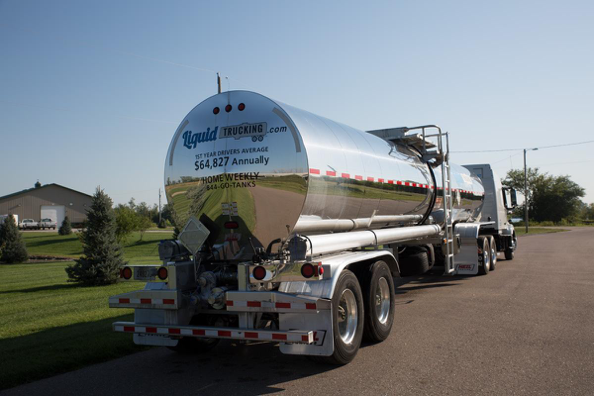The most transported hazardous materials are also among the most dangerous. Drivers must take the necessary precautions when transmitting these materials to keep themselves and other drivers safe. Taking precautions mitigates the risk when transporting these dangerous materials. Find out what’s commonly transported and make sure you stay safe when hauling these materials.
Gasoline
Gasoline is one of the most transported hazardous materials and among the most dangerous. Highly flammable, gasoline can cause major injuries and death. Take special care to avoid exposing gasoline to an ignition source since it can ignite. If that happens, you could end up with a serious and possibly fatal injury.
Diesel Fuel
Diesel fuel can also cause major injuries and death. Acute exposure to diesel fuel vapor can cause dizziness, nausea, headaches, and vomiting. The hazardous material can also irritate the skin, eyes, and respiratory system. Avoid contact with diesel fuel when hauling and using it.
Propylene
Propylene has many uses. It’s used to produce packaging, films, and more, and it’s commonly hauled from one location to the next. It’s a volatile flammable gas, making it very dangerous to transport and use. If it’s close to an ignition source, it can explode, causing serious injuries. Propylene accidents can also be fatal, so take special care when transporting it.
Consumer Fireworks
Shooting off fireworks is an American pastime that isn’t just reserved for the Fourth of July. People celebrate with fireworks throughout the year, creating a need for transportation. Unfortunately, fireworks create a significant fire risk, and drivers must take precautions and follow all regulations, including having the proper labels and markings.
Liquefied Petroleum Gas
Also known as butane or propane, liquefied petroleum gas is a vital fuel with many uses. It can also explode under certain conditions, meaning that it’s critical to use store it in pressurized vessels. If an accident occurs and the gas explodes, it can be deadly. At the very least, people can expect serious injuries that can reduce their quality of life.
Carbon Dioxide, Refrigerated Liquid
This gas isn’t flammable, so you might think it’s safe to transport. However, it’s listed as a hazardous material for good reason. The non-flammable gas keeps food cold during transport. It emits hazardous vapors that can make you dizzy or even prevent you from getting enough oxygen. Also, if your body comes into contact with the gas, you could end up with a severe burn or frostbite. This is painful and could cause you to lose an extremity.
Sulfuric Acid
Sulfuric acid is used in various industries, including oil refining and fertilizer manufacturing. It’s even used to make cleaning agents. Even though it has so many uses, it’s highly corrosive and dangerous. If you contact it when transporting it, you could get severely burned. Inhaling it is also extremely dangerous and can cause lung damage.
Argon, Refrigerated Liquid
Because this isn’t toxic or flammable, many drivers think this material is safe. However, the refrigerated liquid form of argon poses a serious risk during transportation. You can suffer serious health problems if you inhale it, and it can significantly damage your tissue if you come into contact with it. You must keep the gas cylinders upright to maintain the proper pressure. Then, you can avoid injuring yourself when transporting it to its destination.
Stay Safe on the Road
Be careful when you transport these and other hazardous materials. When you follow safety protocols, you greatly reduce the risk of suffering a serious or fatal injury on the job. It is our goal at Liquid Trucking to follow protocols even if takes more time. You can count on us to transport your hazardous materials safely and soundly. Call us at 844-GO-TANKS to get a quote today.
